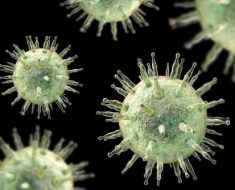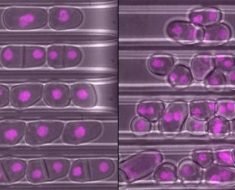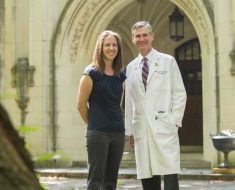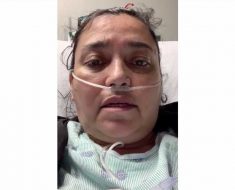In a recent study published in the Journal of Heterocyclic Chemistry, researchers outlined the synthesis and the possible mechanism of action (MOA) of two potential severe acute respiratory syndrome coronavirus 2 (SARS-CoV-2) repurposing drug candidates.
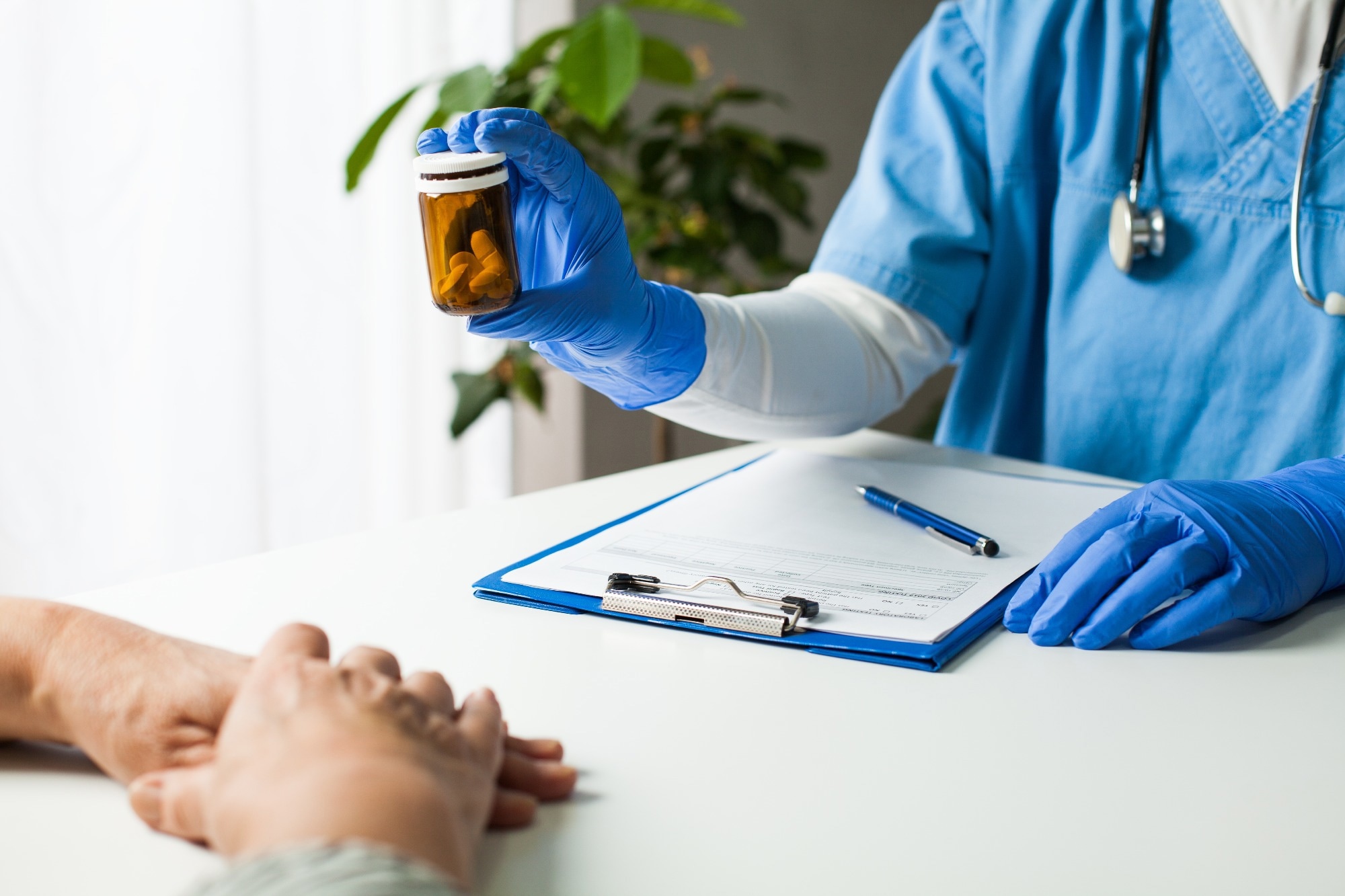
The researchers reviewed remdesivir and hydroxychloroquine (HCQ) as their pharmacokinetics and optimal dosage is already known.
Additionally, the researchers systemically reviewed the SARS-CoV-2 infection source, transmission route(s), pathogenesis, and clinical characteristics to help the public and the research community comprehend this infectious pathogen.
Background
It is of urgent concern to contain SARS-CoV-2 and prevent coronavirus disease 2019 (COVID-19)-related deaths. Based on the current and previously published evidence, the scientists believe that remdesivir and HCQ have adequate efficacy in combating COVID-19.
HCQ is one of the oldest prescribed drugs used in clinical practice for malaria due to its relatively low cost and tolerance. HCQ sulfate, a derivative of HCQ, is an orally administered drug formulated by Alexander Surrey and Henry Hammer in 1946. It is synthesized by introducing a hydroxyl group (-OH) into one of the N-ethyl groups of chloroquine (CQ) phosphate, which decreases the latter's toxicity dramatically.
Both these drugs have also shown efficacy against autoimmune diseases, such as rheumatoid arthritis (RA) and systemic lupus erythematosus (SLE). As pharmacologic agents, they also reduce heart rate. The oral consumption of these drugs is well-tolerated, and their MOA falls into the category of a weak base and immunomodulator.
Moreover, the optimal dosage of HCQ sulfate could produce serum levels of 1.4–1.5μM in humans. Besides containing SARS-CoV-2, HCQ sulfate is a benign and effective anti-inflammatory drug. It attains 200 to 700 times higher tissue deposition levels in the kidney, liver, lungs, and spleen compared to plasma. These serum concentrations could prevent SARS-CoV-2 infection in these tissues. Clinical studies have shown that patients with severe COVID-19 have cytokines in high concentrations in the plasma.
Furthermore, numerous in vitro studies have shown that CQ and HCQ could inhibit SARS-CoV-2 transmission by interfering with the phosphorylation step of the viral cell signaling process. Multiple clinical trial results have reinforced these results. But CQ is more toxic than HCQ, and an overdose of CQ could result in acute poisoning and death. Additionally, verification through half maximal effective concentration (EC50) values were consistently lesser for HCQ than CQ.
Thus, the antimalarial drug HCQ garnered more attention from clinicians and progressed as a possible repurposing drug candidate for COVID-19. Chen et al. performed a study on 30 patients with SARS-CoV-2 infection in which, when HCQ was associated with regular treatment, nasopharyngeal viral loads appeared unchanged till the seventh day of treatment. In another trial on 62 patients, Chen et al. reported that the patients required a short period for clinical recovery from cough and fever on administering HCQ as a treatment than the placebo. Other studies also proposed that combining HCQ medication with azithromycin could minimize viral shedding in COVID-19 patients.
Unfortunately, studies have not yet clarified the MOA of CQ and HCQ entirely. However, studies have shown that these drugs first change the pH at the host cell membrane surface, which results in an inhibitory action on virus fusion to the cell membrane. Moreover, they interfere with viral replication by damaging nucleic acids. Overall, glycosylation of viral proteins, virus assembly, release, viral progeny transport, and related processes accomplish the antiviral action of these drugs.
Yao et al. showed that the EC50 value for CQ was 5.47μM in an in vitro study. In addition, both these drugs tended to accumulate inside the cells. Furthermore, the study results showed that EC50 values were reduced on longer incubation times for both HCQ and CQ, indicating their antiviral activity gets influenced by incubation time. Given sufficient incubation time, these drugs will accumulate in higher intracellular concentrations resulting in a potent antiviral activity.
Due to HCQ's widespread availability, the Indian Council of Medical Research also recommended the drug as a preventive treatment for COVID-19 in April 2022. Its side effects included low blood sugar, especially in people with anemia, diabetes, blood-related disorders, retina damage, heart rhythm problems, worsening seizures, and other neurology problems. Also, problems could arise because of interactions between HCQ sulfate and other drugs, resulting in serious health issues.
The United States Food and Drug Administration (US FDA) has approved HCQ to treat COVID-19 in conditions where the clinical trials are unfeasible or for an unapproved symptom. However, FDA strongly recommends that patients inform their healthcare provider regarding medications for other health conditions.
Furthermore, the molecular docking experiments showed that based on the inhibition constant and binding energy details, CQ was a better option than HCQ in terms of SARS-CoV-2 spike protein inhibition. Recent clinical studies revealed that remdesivir could efficiently abridge retrieval time and diminish the chance of death by 62% for critically ill and hospitalized COVID-19 patients. The researchers synthesized remdesivir as a P-stereogenic prodrug of a parent nucleoside GS441524, where establishing the phosphorus-linked stereogenic center was the crucial stage.
The second generation of the remdesivir preparation involved separation from the combination of two diastereoisomer intermediates followed by a reaction of the enantiopure phosphorylating agent via nucleophilic substitutions. Recently, Wang et al. showcased an asymmetric synthetic route of remdesivir using a bicyclicimidazole-catalyzed dynamic kinetic asymmetric transformation (DyKAT), followed by a reaction between protected nucleoside and P-racemic phosphoryl chloride via coupling reaction.
Conclusion
COVID-19 poses a great risk to safety and human health worldwide. In their preliminary assessments and based on the current and published evidence, remdesivir, and HCQ have shown great promise as SARS-CoV-2 antiviral therapy. The outlined details concerning these drugs would help in the follow-up research.
- Arup K.Kabi, MaynakPal Raghuram, Gujjarappa, Chandi C.Malakar, Mithun Roy. (2022). Overview of Hydroxychloroquine and Remdesivir on severe acute respiratory syndrome coronavirus 2 (SARS‐CoV‐2). The Journal of Heterocyclic Chemistry. doi: https://doi.org/10.1002/jhet.4541 https://www.sciencedirect.com/org/science/article/abs/pii/S0022152X22072319
Posted in: Medical Science News | Medical Research News | Disease/Infection News
Tags: Anemia, Anti-Inflammatory, Arthritis, Azithromycin, Blood, Blood Sugar, Cell, Cell Membrane, Cell Signaling, Chloroquine, Clinical Trial, Coronavirus, Coronavirus Disease COVID-19, Cough, covid-19, Cytokines, Diabetes, Drugs, Efficacy, Fever, Food, Glycosylation, Healthcare, Heart, Heart Rate, Hydroxychloroquine, in vitro, Intracellular, Kidney, Liver, Lungs, Lupus, Lupus Erythematosus, Malaria, Medical Research, Membrane, Nasopharyngeal, Neurology, Nucleoside, Overdose, Pathogen, pH, Pharmacokinetics, Phosphorylation, Placebo, Poisoning, Protein, Remdesivir, Research, Respiratory, Rheumatoid Arthritis, SARS, SARS-CoV-2, Severe Acute Respiratory, Severe Acute Respiratory Syndrome, Spike Protein, Spleen, Syndrome, Systemic Lupus Erythematosus, Virus

Written by
Neha Mathur
Neha is a digital marketing professional based in Gurugram, India. She has a Master’s degree from the University of Rajasthan with a specialization in Biotechnology in 2008. She has experience in pre-clinical research as part of her research project in The Department of Toxicology at the prestigious Central Drug Research Institute (CDRI), Lucknow, India. She also holds a certification in C++ programming.
Source: Read Full Article

